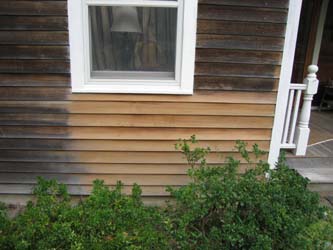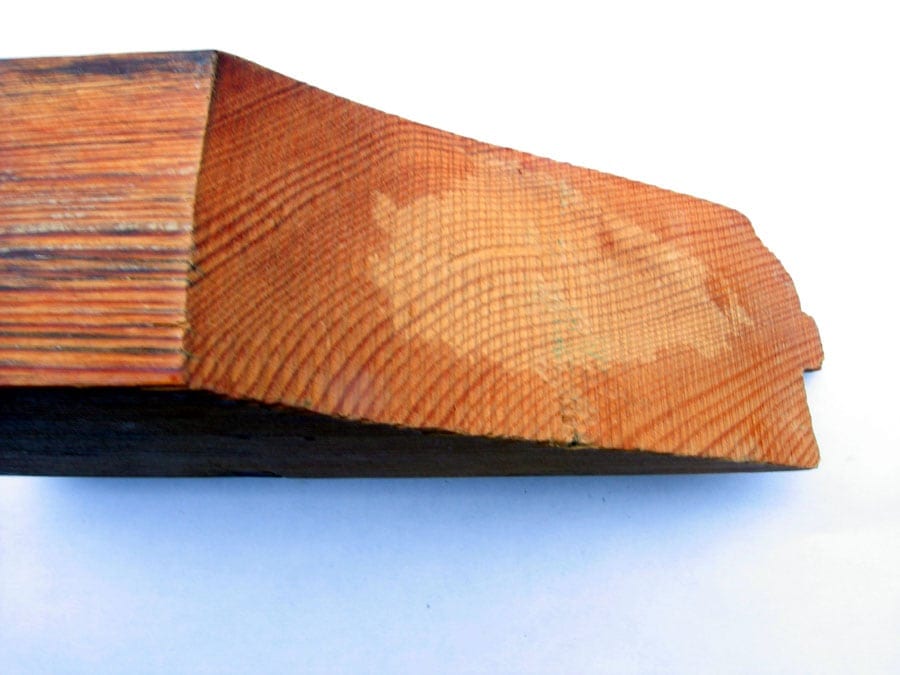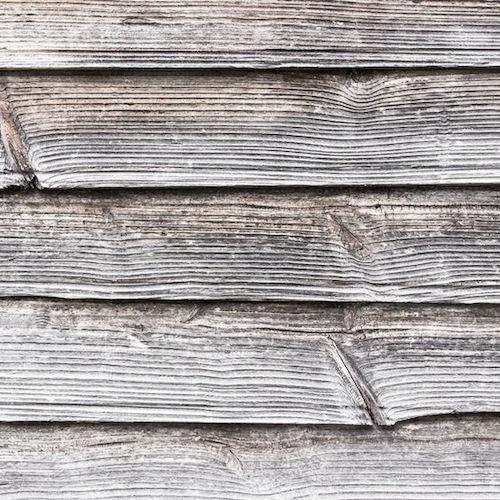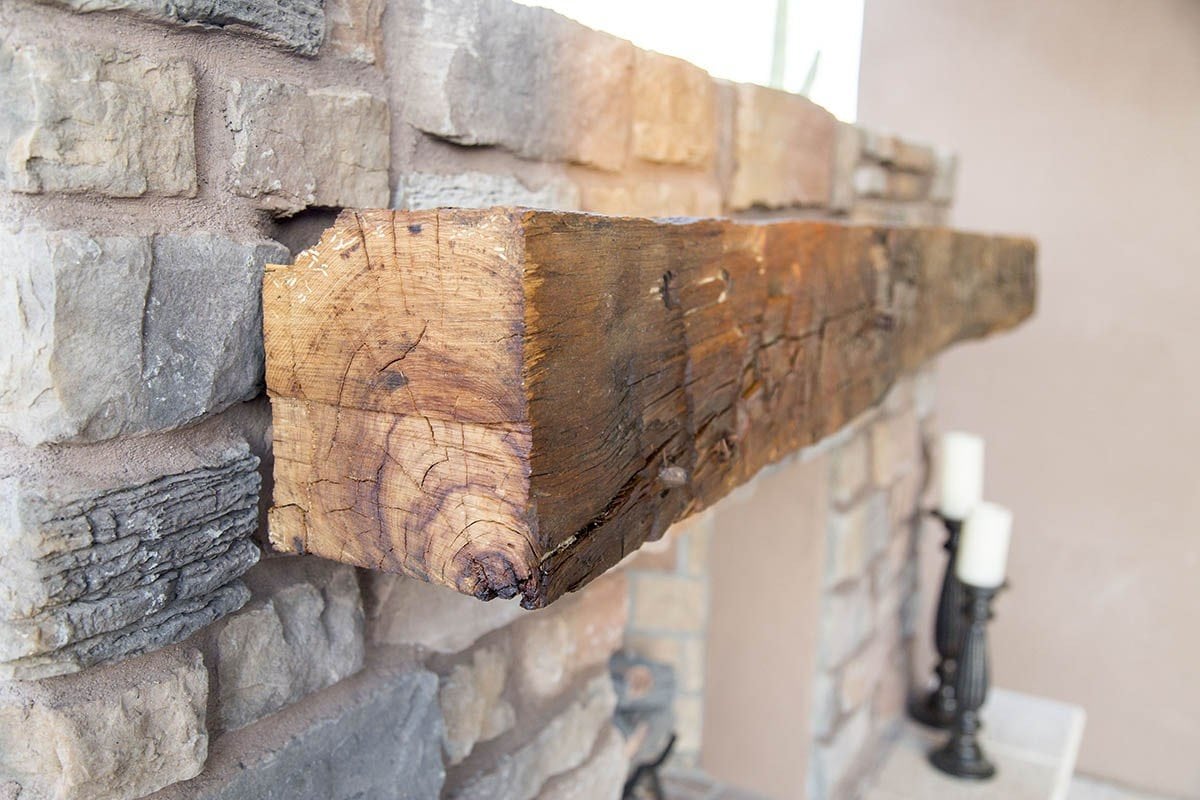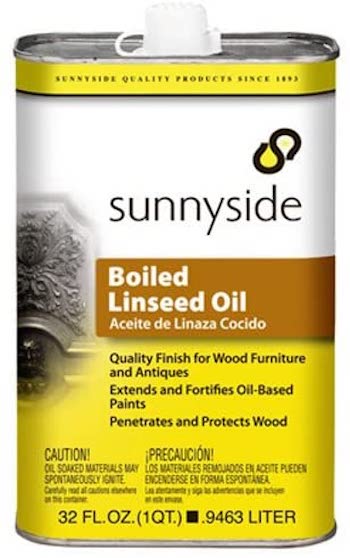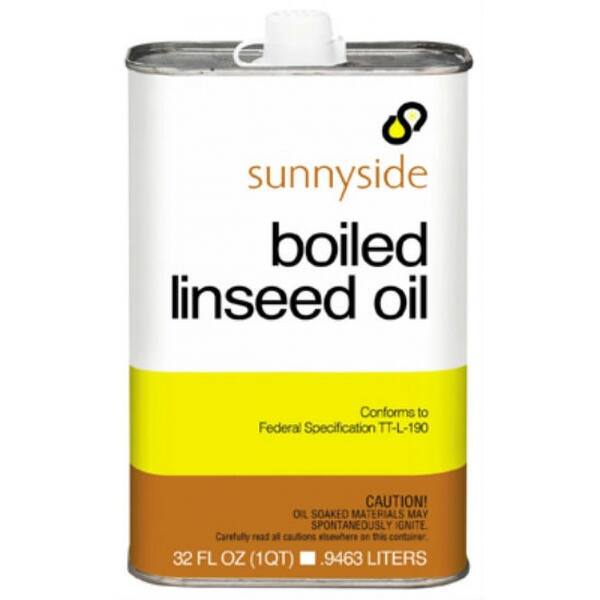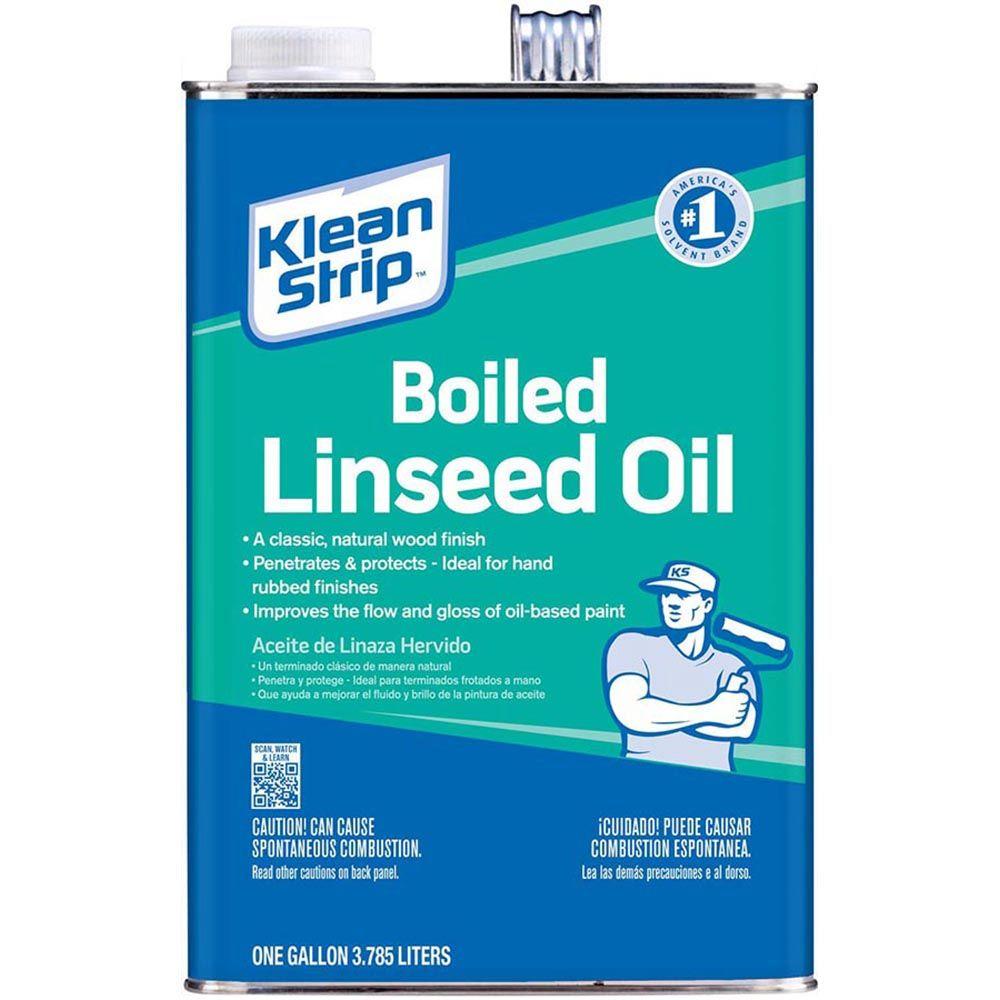Boiled Linseed Oil Cedar Siding

On exterior surfaces in humid wet climates it has a tendency to mildew.
Boiled linseed oil cedar siding. Applying boiled linseed oil properly. With linseed oil though it is the addition of certain solvents that causes linseed oil to dry more quickly acting as if it were boiled. Using your brush apply the linseed oil and turps to the wood. Use one thin layer at first and then allow it to soak into the wood.
This was much lighter toned when newer but over time has gotten darker with multiple coats of linseed oil over the years. So before you go coat all your adirondack chairs test an area for a while and see how it does. Extreme caution must be used using linseed oil. Step 3 add the oil.
Usually giving it about 24 hrs between coats you ll build up between 3 and 6 coats of oil depending on how thirsty the wood is. When oiling wood the surface should be first finish sanded to anywhere from 320 to 400 grit sandpaper. Proper blo application and surface preparation. We purchased a cedar sided home last oct found out the previous owner used a 50 50 mix of linseed oil turpentine on the siding.
Keep in mind applying boiled linseed oil straight out of the can to your cedar siding can and will darken over time. And so for a siding sealing material for an exterior finish you use boiled linseed oil. Boiled linseed oil suitable mixing container with a lid for air tight storage between coats clean rag for wiping excess. Boiled linseed oil gives a very close to the wood finish where you can really feel the wood instead of layers of plastic poly on top.
Leave for about 30 minutes and then wipe down any excess liquid using the sponge. Boiled linseed oil has one other thing that can cause concern especially in humid climates. The trick is to add multiple coats over the course of a week or so. Applied the same way teak and cedar oils produce a similar protective finish with a warm hand rubbed natural looking.
Once you have boiled the mixture for a few minutes take the pan to where you will be adding the linseed oil. Caution using linseed oil. Overall the siding is in remarkably good shape for being 18 years old. The applications were inconsistent as there are areas that have a heavy dried on film others that are dried wood.
The raw one does not dry. There are two oil finishes recommended for sealing cedar. The actual boiling of some oils changes their drying characteristics true.

